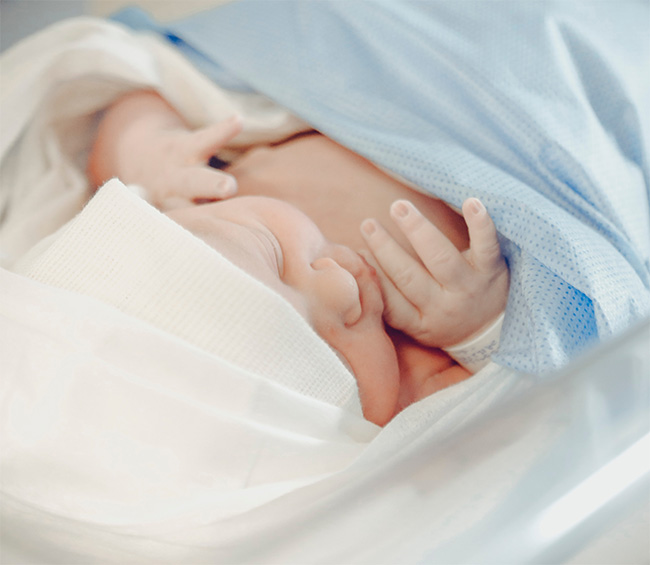1. Core Strengthening
The pregnancy ball provides an unstable surface that engages the core muscles. Sitting or balancing on the ball activates the abdominal and back muscles, helping to improve stability and posture. Strengthening these core muscles can be particularly beneficial during pregnancy as they support the growing belly and help alleviate back pain.
- Exercise: Sit on the ball with your feet flat on the ground and gently engage your abdominal muscles. Practice maintaining balance and stability while keeping your back straight.
2. Pelvic Floor Exercises
The pelvic floor muscles play a crucial role in supporting the uterus, bladder, and bowel. Strengthening these muscles can help prevent or reduce urinary incontinence, improve postpartum recovery, and potentially ease childbirth. The pregnancy ball can be used to perform pelvic floor exercises, such as Kegels, by sitting on the ball and contracting the pelvic floor muscles.
- Exercise: Sit comfortably on the ball, relax your body, and focus on contracting your pelvic floor muscles. Hold the contraction for a few seconds and then release. Repeat this exercise in sets of 10, gradually increasing the duration of each contraction.
3. Gentle Stretching and Relaxation
The pregnancy ball provides a supportive surface for gentle stretching exercises that can help relieve muscle tension and promote relaxation. Stretching the lower back, hips, and legs can alleviate discomfort and promote flexibility, especially as the body undergoes changes during pregnancy.
- Exercise: Sit on the ball with your feet shoulder-width apart. Gently roll your pelvis in circles, allowing your hips to move with the motion. This exercise helps loosen the lower back and hips.
4. Optimal Baby Positioning
Using a pregnancy ball can help encourage the baby to assume an optimal position for childbirth. Sitting on the ball with an open pelvis can assist in aligning the baby's head with the cervix, potentially aiding in a smoother labor and delivery.
- Exercise: Sit on the ball with your legs comfortably apart and gently rock your pelvis back and forth. This exercise can help create movement and space for the baby to settle into the optimal position.
5. Stability and Balance Training
As pregnancy progresses, changes in the body's center of gravity can affect balance and stability. The pregnancy ball offers an unstable surface for exercises that challenge and improve balance, reducing the risk of falls and injuries.
- Exercise: Sit on the ball and carefully lift one foot off the ground, finding your balance. Hold this position for a few seconds and then switch to the other foot. Gradually increase the duration of each hold to improve balance.
Incorporating a pregnancy ball into your exercise routine during pregnancy can offer numerous benefits for both physical and emotional well-being. From core strengthening and pelvic floor exercises to gentle stretching and relaxation, the pregnancy ball provides a versatile and supportive platform for a variety of exercises.
Always consult with your healthcare provider before starting any exercise program during pregnancy, and listen to your body's cues to ensure a safe and comfortable workout experience. Embrace the bouncing journey and enjoy the many benefits that the pregnancy ball can bring to your prenatal fitness routine.




























